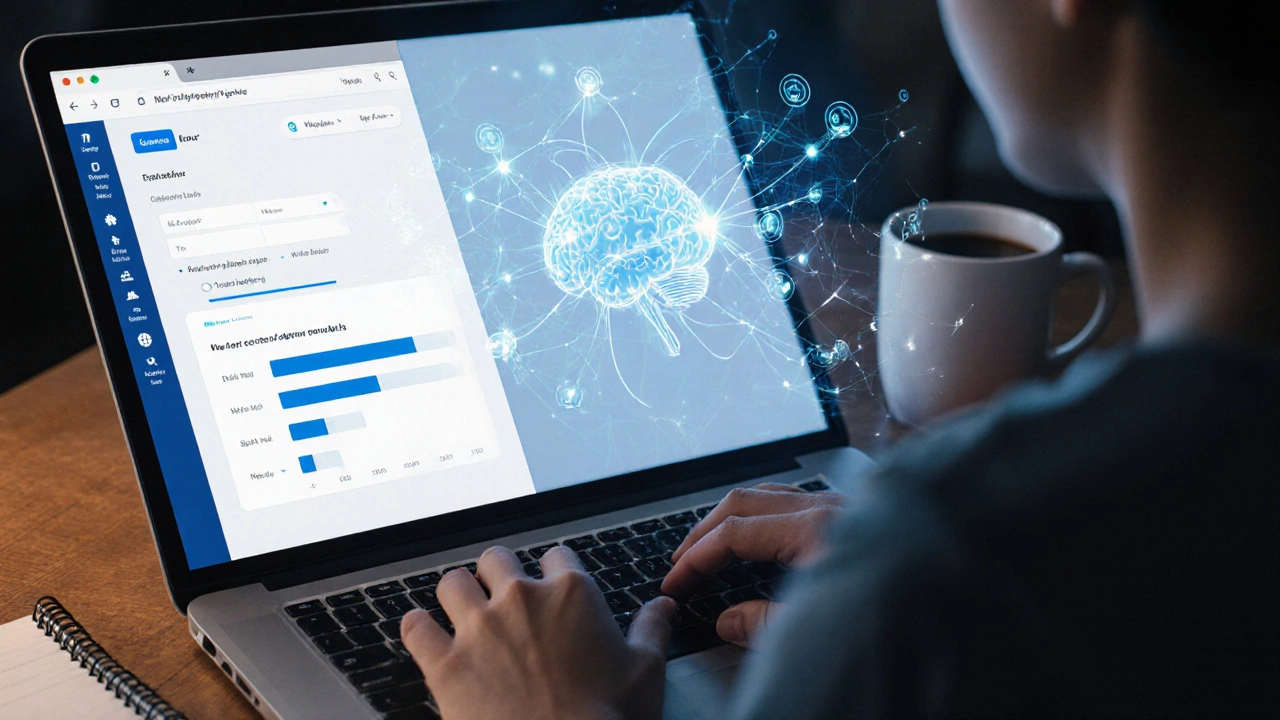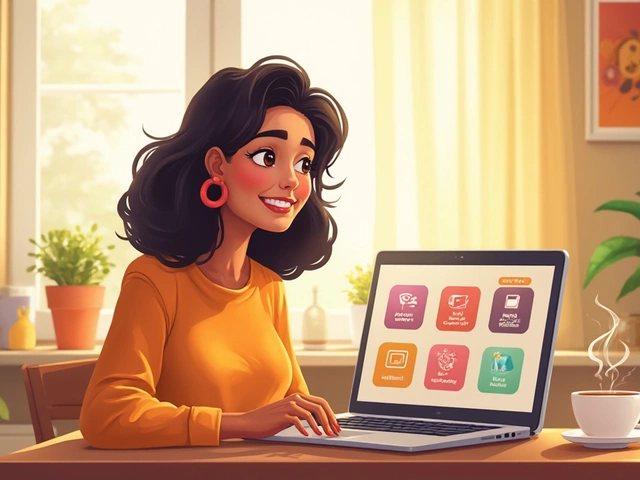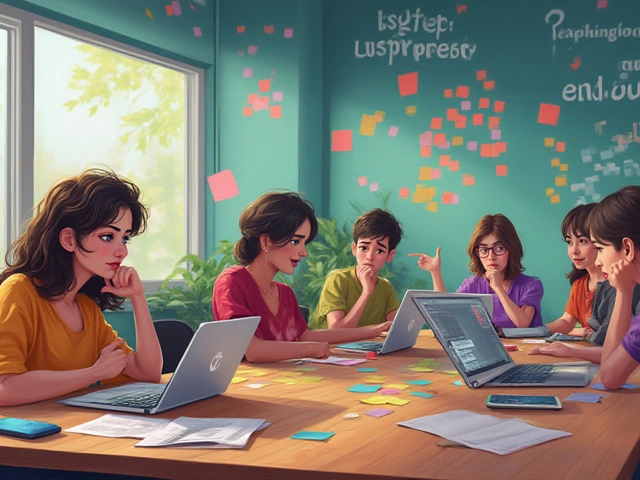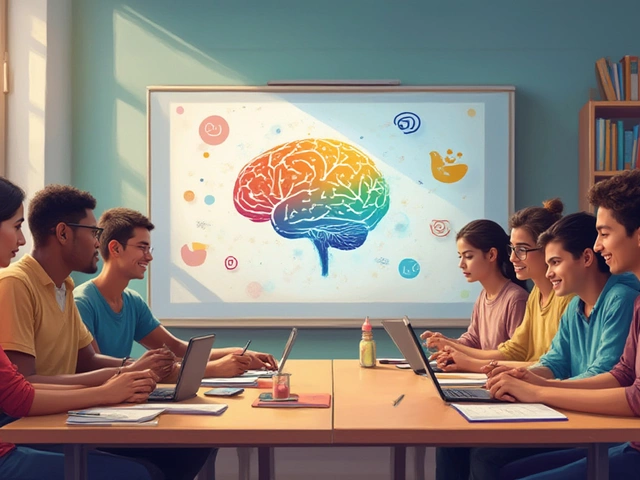Ever wonder how you can sit at home, watch a video, take a quiz, and finish a course that feels just as real as sitting in a lecture hall? That’s eLearning-and it’s not magic. It’s a mix of technology, design, and human behavior working together. If you’ve ever struggled to stay focused in an online course, or wondered why some platforms feel intuitive while others feel like a maze, you’re not alone. The truth is, most people don’t understand how eLearning actually works behind the scenes. Let’s fix that.
What Exactly Is eLearning?
eLearning, short for electronic learning, is any kind of education delivered through digital devices-phones, tablets, laptops, even smart TVs. It’s not just watching videos. It’s structured learning with goals, assessments, feedback loops, and progress tracking. Platforms like Coursera, Udemy, Khan Academy, and even school portals like Google Classroom are all part of eLearning.
Unlike traditional classrooms, eLearning doesn’t require you to be in the same room as your teacher. Instead, content is stored on servers, delivered over the internet, and accessed anytime. But here’s the catch: it only works if the system is built right. A poorly designed course is just a pile of videos with no direction. A good one feels like a conversation.
The Core Components of an eLearning Platform
Every successful eLearning platform has five key parts working together:
- Content Delivery System - This is where videos, PDFs, quizzes, and interactive modules live. Most platforms use cloud storage (like AWS or Google Cloud) to serve content fast, no matter where you are.
- Learning Management System (LMS) - Think of this as the brain. It tracks your progress, assigns lessons, sends reminders, and grades assignments. Popular LMS tools include Moodle, Canvas, and Blackboard.
- User Interface (UI) - If the platform is confusing to use, you’ll quit. Good eLearning platforms have clean menus, big buttons, and clear progress bars. No clutter. No pop-ups. Just what you need, when you need it.
- Assessment Engine - Quizzes, essays, peer reviews, and automated grading tools. Some platforms use AI to check multiple-choice answers instantly. Others flag essays for human review based on keywords or structure.
- Communication Tools - Discussion boards, live chat, video calls, and email alerts. Learning doesn’t happen in isolation. You need to ask questions and get answers.
Put together, these parts create a learning loop: you consume content → test your understanding → get feedback → adjust → move forward. It’s not just about watching. It’s about doing, failing, and trying again.
How Do You Actually Learn Through eLearning?
People think online learning is passive. But the best platforms make you active. Here’s how:
- Microlearning - Lessons are broken into 5-10 minute chunks. Your brain remembers small pieces better than long lectures. A 30-minute video? Split into six 5-minute clips with a quiz after each.
- Spaced Repetition - You’ll see the same concept again after 1 day, then 3 days, then a week. This isn’t random. It’s based on how memory works. Platforms like Anki and Duolingo use this to help you remember vocabulary or formulas.
- Adaptive Learning - Some platforms adjust the difficulty based on how you’re doing. If you keep missing questions about fractions, the system gives you simpler problems. If you ace them, it skips ahead. This is powered by algorithms that track your performance in real time.
- Gamification - Badges, points, leaderboards, streaks. These aren’t just fun. They trigger dopamine, the brain’s reward chemical. A study from the University of Pennsylvania found learners using gamified platforms completed courses 27% more often than those who didn’t.
These techniques aren’t fluff. They’re backed by cognitive science. Your brain learns best when it’s engaged, challenged, and rewarded. Good eLearning platforms know this. Bad ones ignore it.
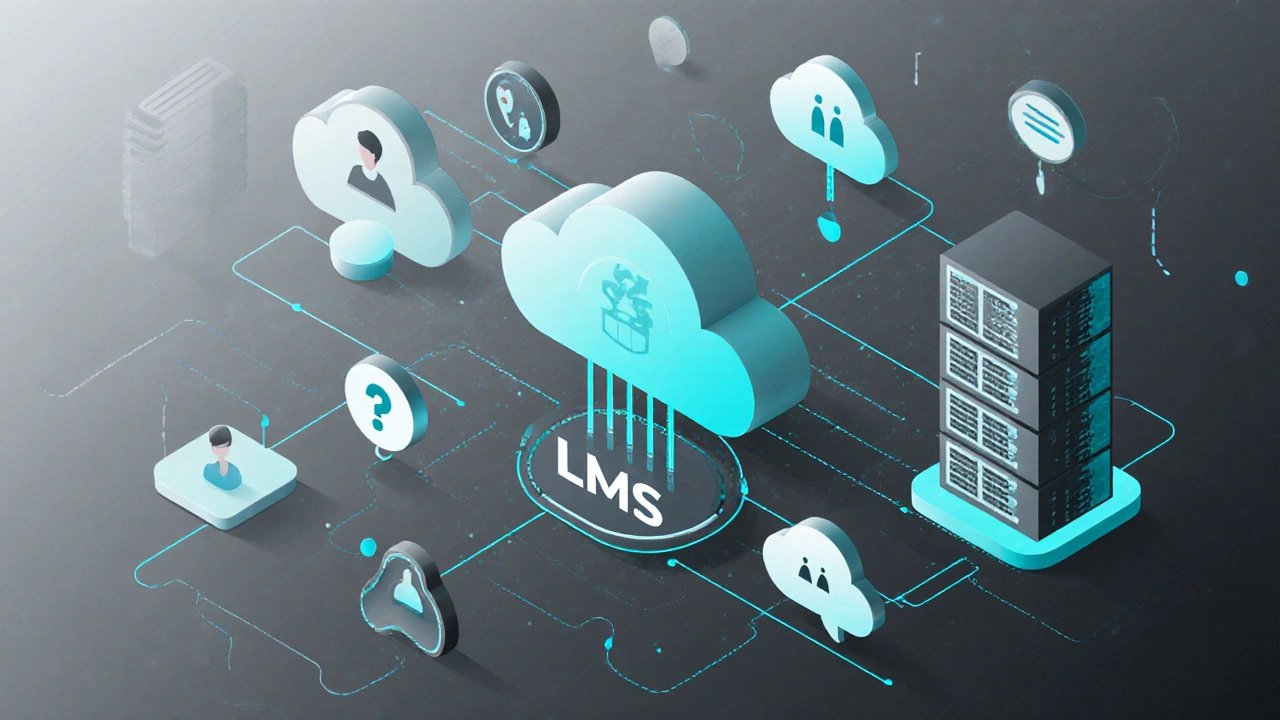
What Happens Behind the Scenes?
When you click “Start Lesson,” here’s what’s really going on:
- Your device connects to the platform’s server.
- The server checks your account: Are you enrolled? Have you paid? Did you finish the last module?
- It pulls the next lesson from storage and sends it to your screen.
- As you watch, the system logs how long you paused, rewound, or skipped.
- After the quiz, it scores your answers and updates your progress dashboard.
- If you got a question wrong, it might recommend a review video or suggest a similar practice problem.
All of this happens in seconds. And every action you take-clicks, pauses, quiz answers-is stored. Over time, the platform builds a profile of how you learn. That’s why two people taking the same course might see completely different content. One gets more practice problems. The other gets video explanations. The system adapts to you.
Why Do Some eLearning Courses Fail?
Not every online course works. And it’s rarely because the content is bad. It’s usually because the design is broken.
Here are the top three reasons people quit:
- No clear path - You’re given 50 videos and told, “Learn this.” No structure. No milestones. It feels overwhelming.
- No feedback - You take a quiz. No explanation. No right/wrong feedback. You’re left guessing. Humans need to know if they’re on track.
- No community - You’re alone. No one to ask questions. No one to celebrate with. Learning is social. Isolate it, and motivation drops fast.
Platforms that succeed fix these problems. They give you a roadmap. They explain your mistakes. They connect you with others. That’s the difference between a course and a learning experience.
Who Uses eLearning, and Why?
eLearning isn’t just for students. It’s for everyone:
- Working professionals - Learn Python in 30 minutes during lunch. Get certified in project management without quitting their job.
- Stay-at-home parents - Fit in a course while the baby naps. Learn graphic design, accounting, or parenting skills.
- Retirees - Take history classes, learn photography, or brush up on languages. Lifelong learning is no longer a luxury.
- Students in remote areas - Access top-tier teachers without traveling hours or paying for private tutors.
According to a 2024 report from Statista, over 1.2 billion people used eLearning platforms in 2024. That’s nearly 1 in 6 people on Earth. And it’s growing. Why? Because it’s flexible, affordable, and effective-when done right.
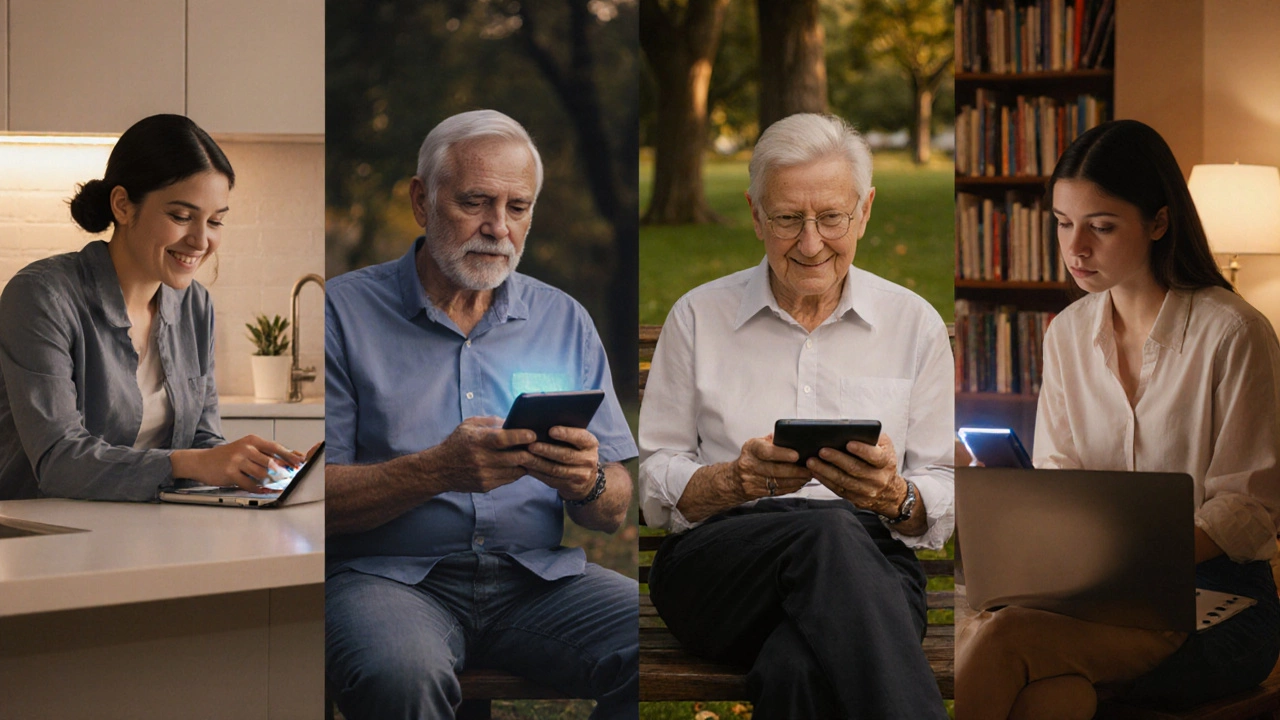
What Should You Look for in an eLearning Platform?
If you’re choosing a course, don’t just pick the cheapest one. Ask yourself:
- Does it break lessons into small chunks?
- Do I get feedback after each quiz?
- Is there a progress tracker so I know where I stand?
- Can I ask questions or join a discussion group?
- Does it adapt to my performance?
Platforms that answer yes to most of these will keep you engaged. The rest? They’re just digital textbooks with videos.
What’s Next for eLearning?
The future isn’t just more videos. It’s smarter systems:
- AI tutors - Chatbots that explain concepts in your own words, like a real teacher.
- Virtual reality labs - Practice surgery, fix a car engine, or tour ancient Rome-all from your headset.
- Blockchain certificates - Your course completion is stored on a secure ledger. Employers can verify it instantly.
But the core won’t change. People still need structure, feedback, and connection. Technology just makes it easier to deliver.
Is eLearning as effective as in-person learning?
Yes, when designed well. A 2023 meta-analysis of 1,200 studies by the U.S. Department of Education found that students in online courses performed slightly better than those in traditional classrooms-on average, by 5-7%. The key factor? Active engagement. Passive watching doesn’t work. But interactive, feedback-rich online learning does.
Do I need special equipment for eLearning?
Not really. A smartphone from the last five years is enough for most courses. You’ll need a stable internet connection, headphones for audio, and maybe a keyboard if you’re typing essays. For advanced courses like coding or design, a laptop is better-but not required. Many platforms now work on low-end devices and even offline modes.
Can I get certified through eLearning?
Absolutely. Platforms like Coursera, edX, and LinkedIn Learning offer certificates from universities like Stanford, MIT, and Yale. Some even count toward college credit. Employers increasingly recognize these credentials-especially in tech, marketing, and project management fields. Always check if the certificate is issued by the institution itself, not just the platform.
How do I stay motivated in an online course?
Set small goals. Finish one module a day. Use a calendar to schedule your learning time. Join a study group-even if it’s just two people. Reward yourself after completing a section. And remember: progress, not perfection, is the goal. Most people quit because they expect to finish fast. Real learning takes time. Consistency beats intensity.
Are free eLearning platforms any good?
Some are excellent. Khan Academy, MIT OpenCourseWare, and YouTube channels like CrashCourse offer university-level content for free. The catch? They often lack feedback, certification, and support. If you’re learning for fun or personal growth, free platforms work great. If you need a certificate for your resume, you’ll likely need to pay for the verified version.
Final Thought: eLearning Is a Tool-Not a Miracle
eLearning doesn’t replace good teaching. It amplifies it. A great teacher, even online, will guide you. A bad one, even with fancy animations, will leave you lost. The platform is just the delivery system. What matters is the design, the feedback, and the human connection behind it. Choose wisely. Start small. Stay consistent. And remember: you’re not just watching a video. You’re building a skill.
